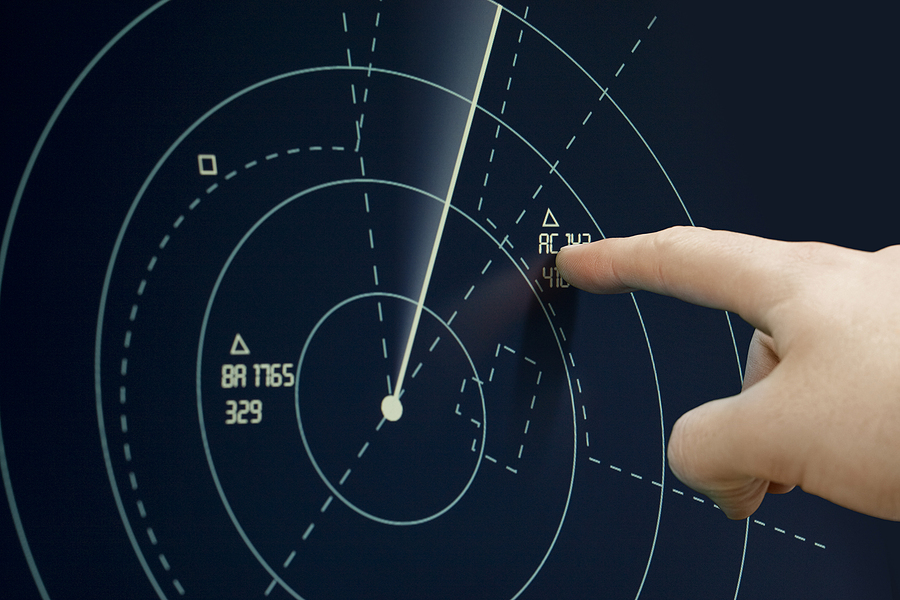Everything You Need To Know About How Radar Functions

Radar, short for Radio Detection and Ranging, is a technology that has become an integral part of our daily lives, from weather forecasting to air traffic control and military applications. Understanding how radar works is crucial for appreciating its diverse range of applications and the underlying principles that make it an invaluable tool in various fields.
In this article, we will delve into the intricacies of radar technology, exploring its principles, components, and the diverse applications that make it an indispensable tool in modern society.
Basics of Radar Technology
At its core, radar operates on the principles of electromagnetic waves. The system sends out radio waves, typically in the form of pulses, and then detects the echoes reflected by objects in their path. The time it takes for these waves to travel to the target and back provides crucial information about the object's distance. The speed of the waves determines the object's velocity, making radar a versatile technology for measuring both range and speed.
Radar components
Radar systems consist of several essential components that work in unison to facilitate accurate detection and tracking of objects. The transmitter is responsible for emitting the radio waves, while the antenna directs these waves towards the target. The receiver captures the echoes, and a signal processor analyses the data to provide information about the object's characteristics.
One key aspect of radar technology is the ability to operate in different frequency bands. The choice of frequency depends on the specific application, with lower frequencies often used for long-range surveillance and higher frequencies for shorter-range, high-resolution imaging.
Radar Modes
Radar systems can operate in different modes, each designed for specific tasks. Pulse radar, the most common mode, transmits short bursts or pulses of radio waves and then waits for the echoes. Continuous Wave (CW) radar, on the other hand, emits a continuous signal, relying on changes in frequency to determine the target's range and speed. Doppler radar is capable of measuring velocity by detecting the frequency shift caused by the motion of the target.
Synthetic Aperture Radar (SAR) is another important mode, particularly in remote sensing and Earth observation applications. SAR creates high-resolution images by combining multiple radar pulses collected over time, allowing for detailed monitoring of large areas.
Applications of Radar Technology
The versatility of radar technology makes it indispensable across various industries. In meteorology, weather radar systems provide real-time data on precipitation, helping forecasters predict storms and monitor rainfall. In aviation, radar is crucial for air traffic control, ensuring the safe separation of aircraft and preventing collisions. It is worth noting that overstressing an airplane can cause the aircraft to bend, underscoring the importance of radar in monitoring and maintaining the structural integrity of aircraft.
The military relies heavily on radar for surveillance, target tracking, and missile guidance. Ground-based radar systems can detect incoming threats, while airborne radar enables fighter jets to locate and engage enemy aircraft. Additionally, radar technology plays a vital role in maritime navigation, helping ships avoid collisions and navigate through adverse weather conditions. This interconnected network of applications highlights the critical role of radar technology in various sectors, including aviation, where structural considerations are paramount.
Advancements in Radar Technology
Over the years, radar technology has undergone significant advancements, enhancing its capabilities and expanding its applications. Phased-array radar systems, for instance, offer rapid beam steering, enabling quick and precise tracking of multiple targets. The development of radar systems with increased sensitivity and resolution has improved their performance in various fields, from scientific research to security applications.
Furthermore, integration with other technologies, such as artificial intelligence and machine learning, has allowed radar systems to process vast amounts of data more efficiently. This synergy enhances object recognition, reduces false alarms, and improves overall system performance.
Conclusion
Radar technology has evolved into a sophisticated and indispensable tool with a wide range of applications. Its ability to use electromagnetic waves for accurate distance and speed measurements has revolutionised industries such as meteorology, aviation, defence, and maritime navigation. As radar technology continues to advance, its capabilities will likely expand, contributing to further innovations in science and technology.
If you're fascinated by the principles that govern radar and aspire to delve deeper into the world of physics, consider enrolling in Physics Tuition. We offer JC Physics Tuition in Singapore for students taking A Level H2 and H3 physics classes, providing a comprehensive understanding of advanced physics concepts. In addition to A Level classes, we offer programs for IB HL, IP, and O-Level physics, ensuring that students receive quality education and guidance in their physics journey. Take the next step in your physics education with Physics Tuition and unlock the door to a world of possibilities.